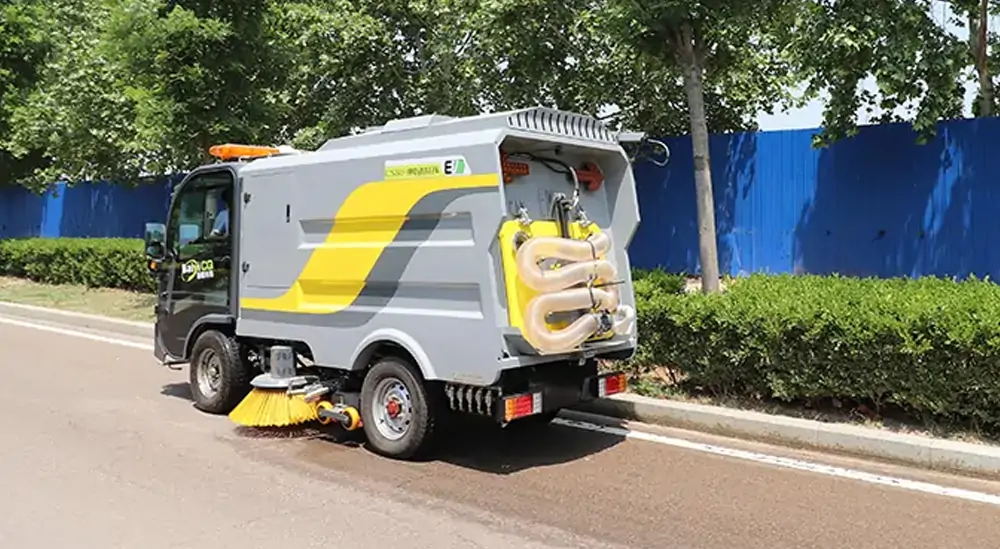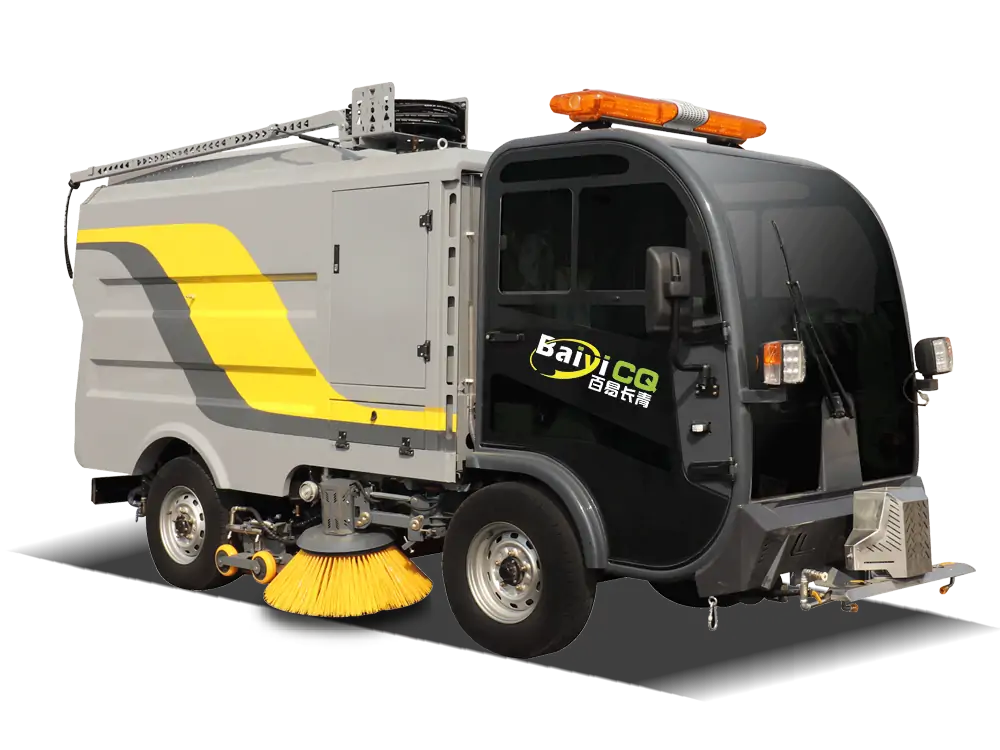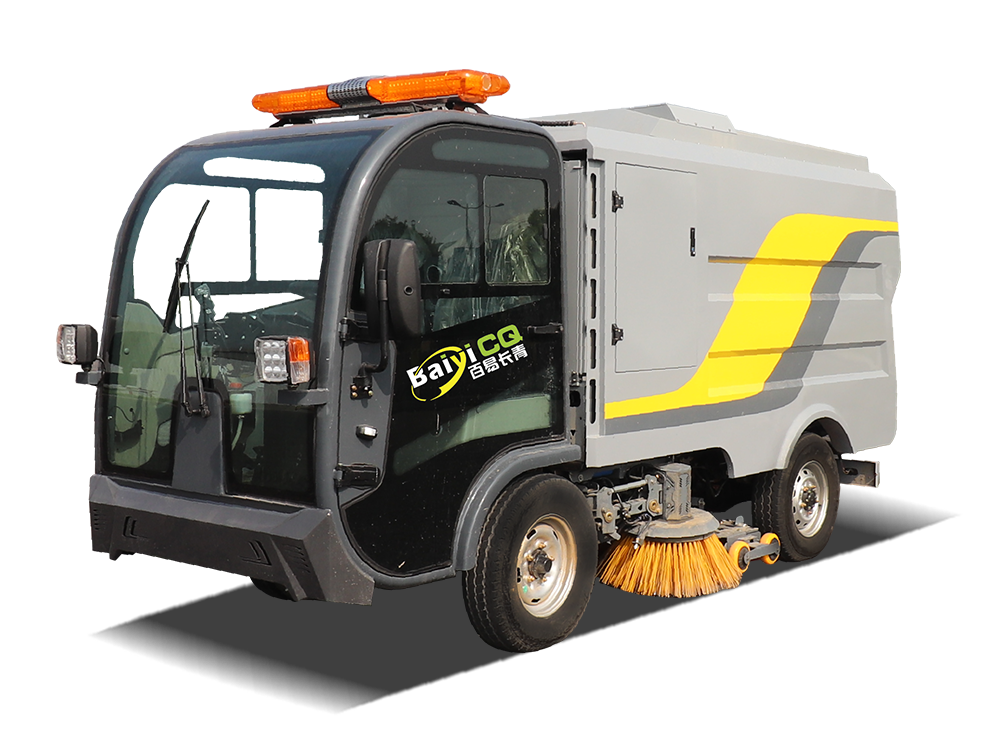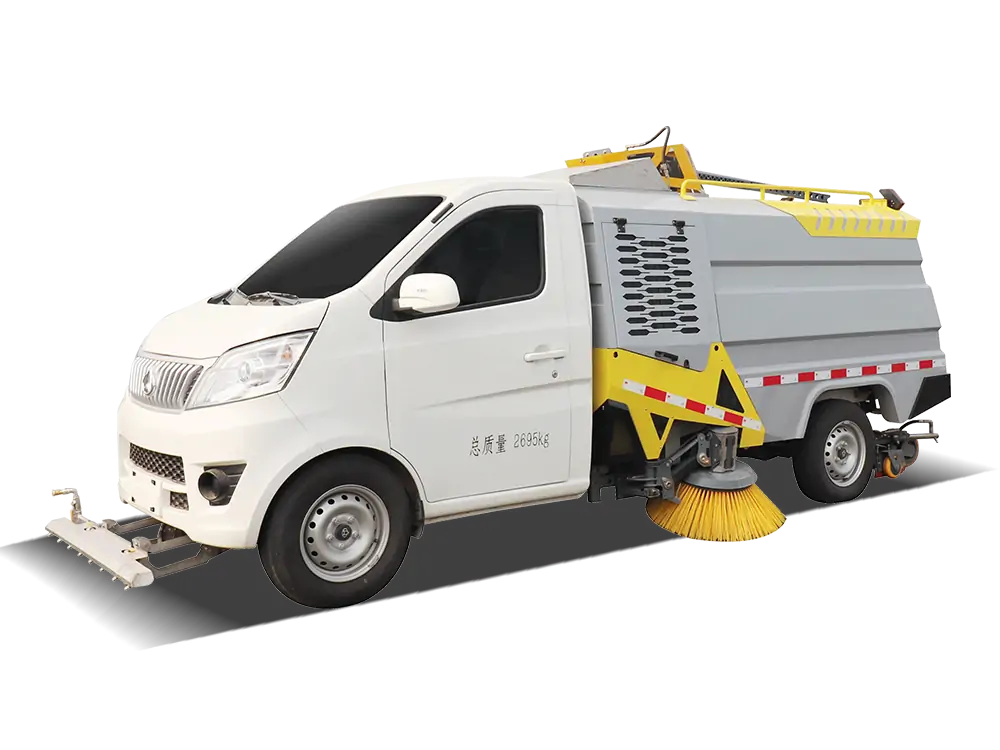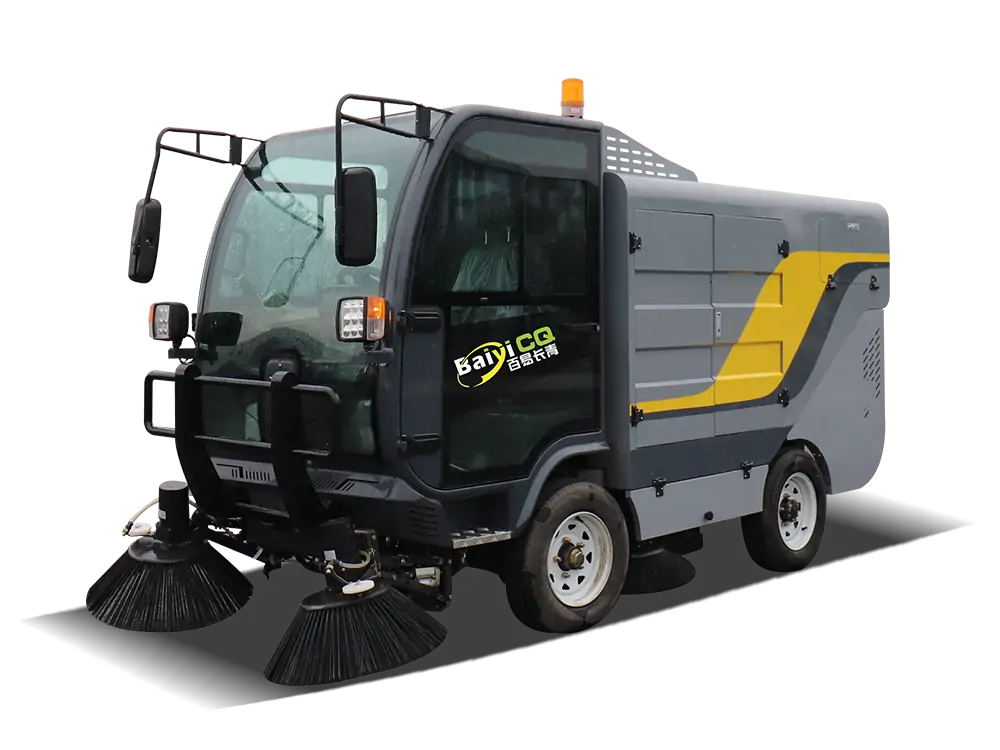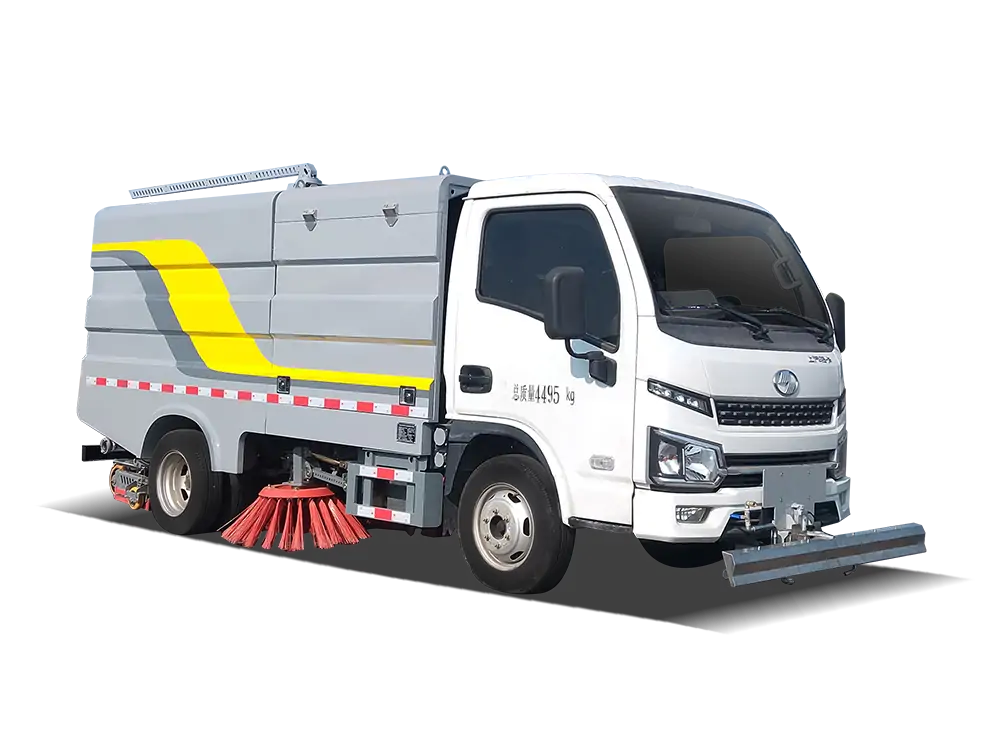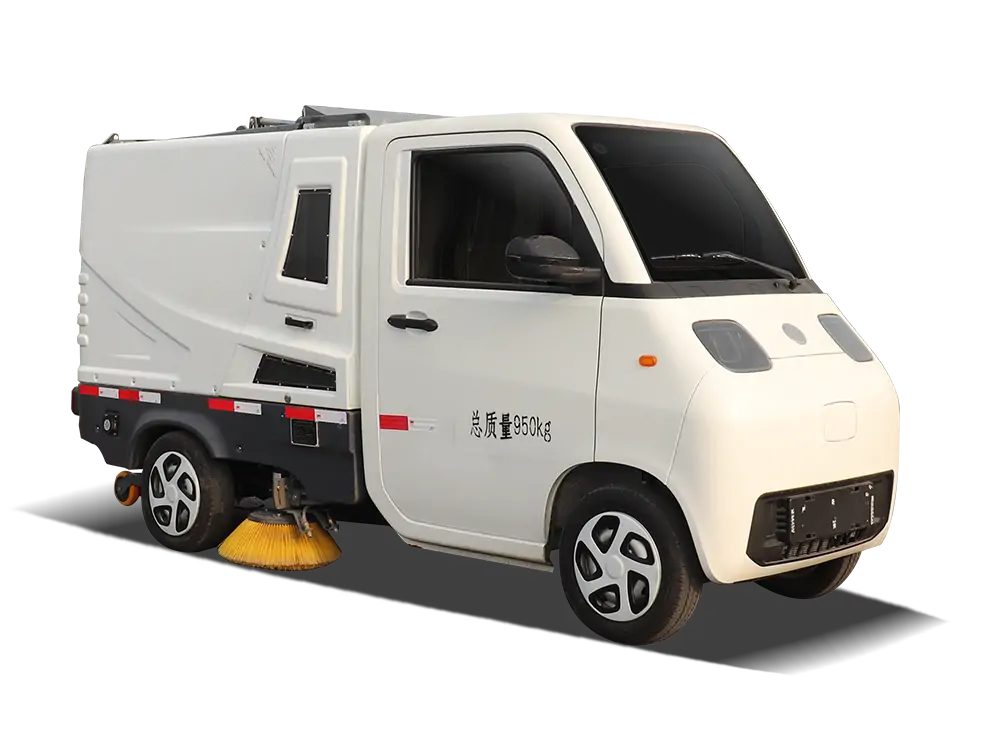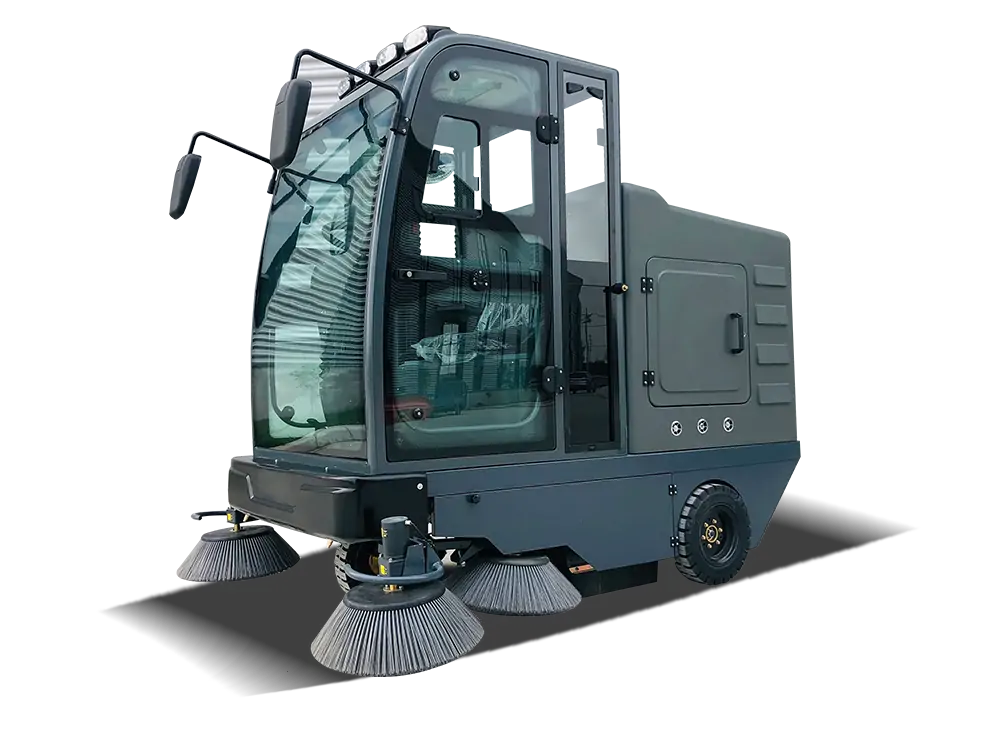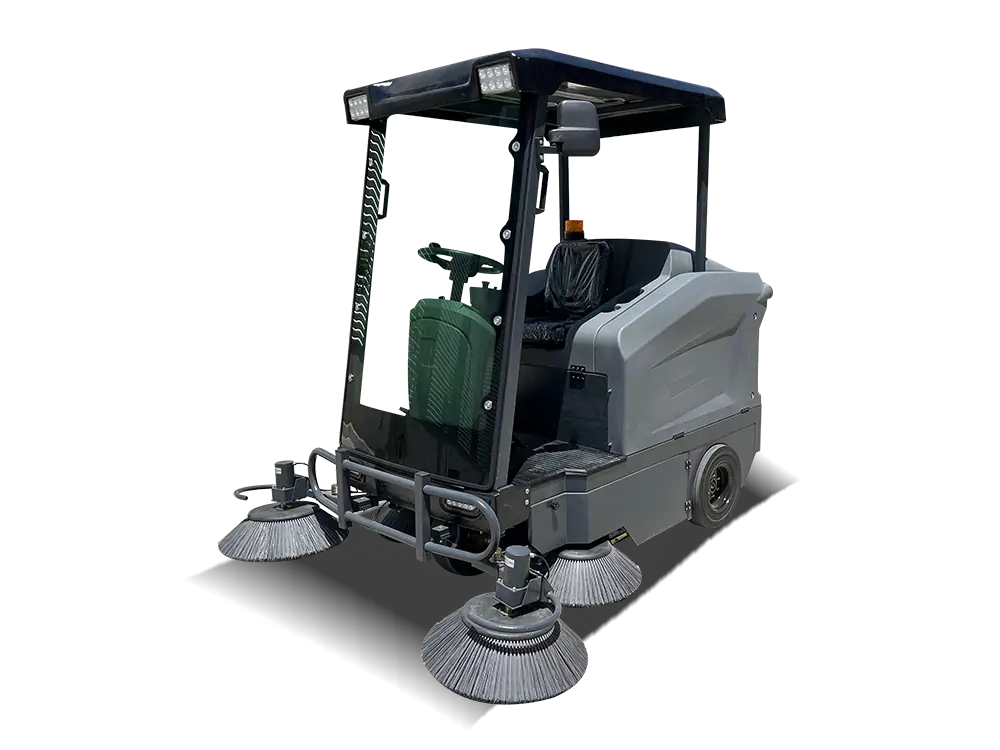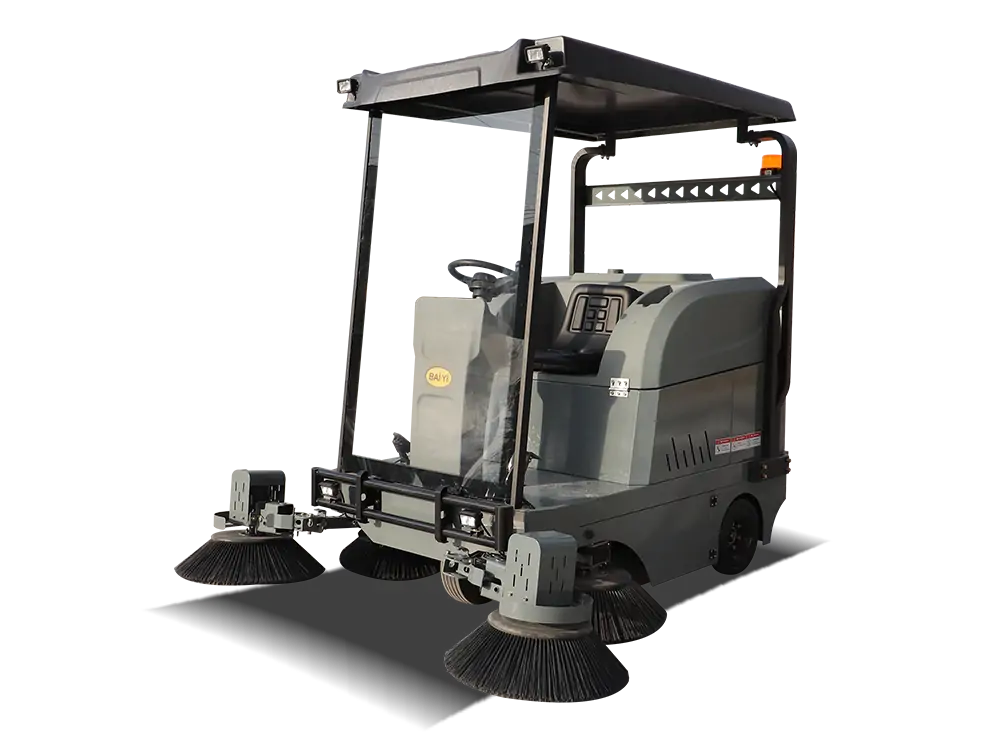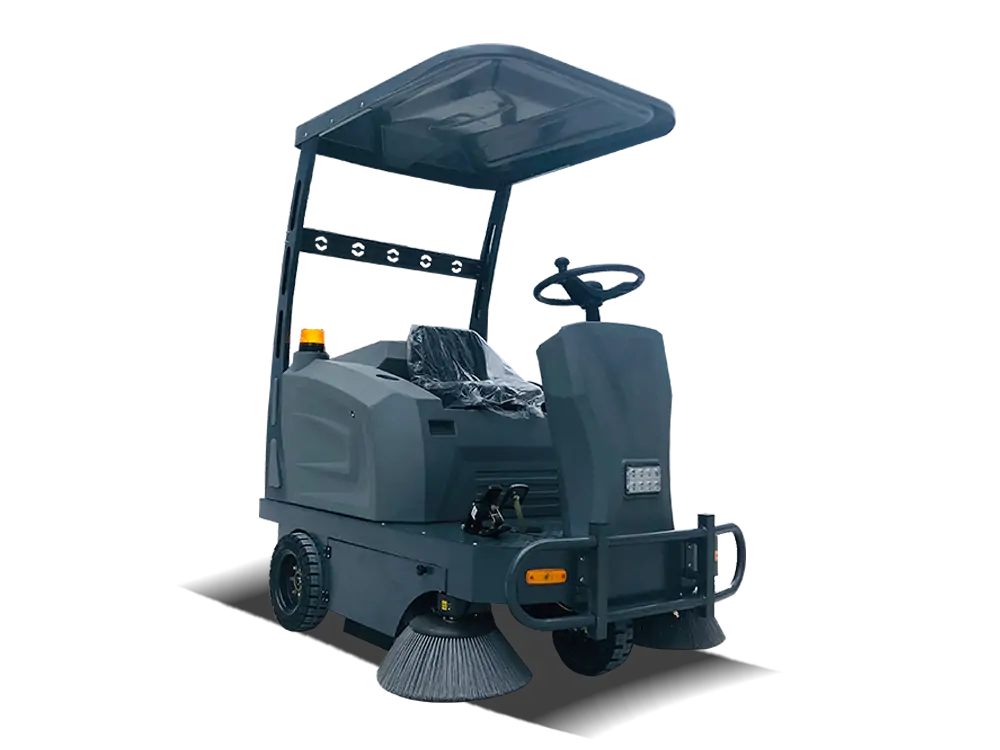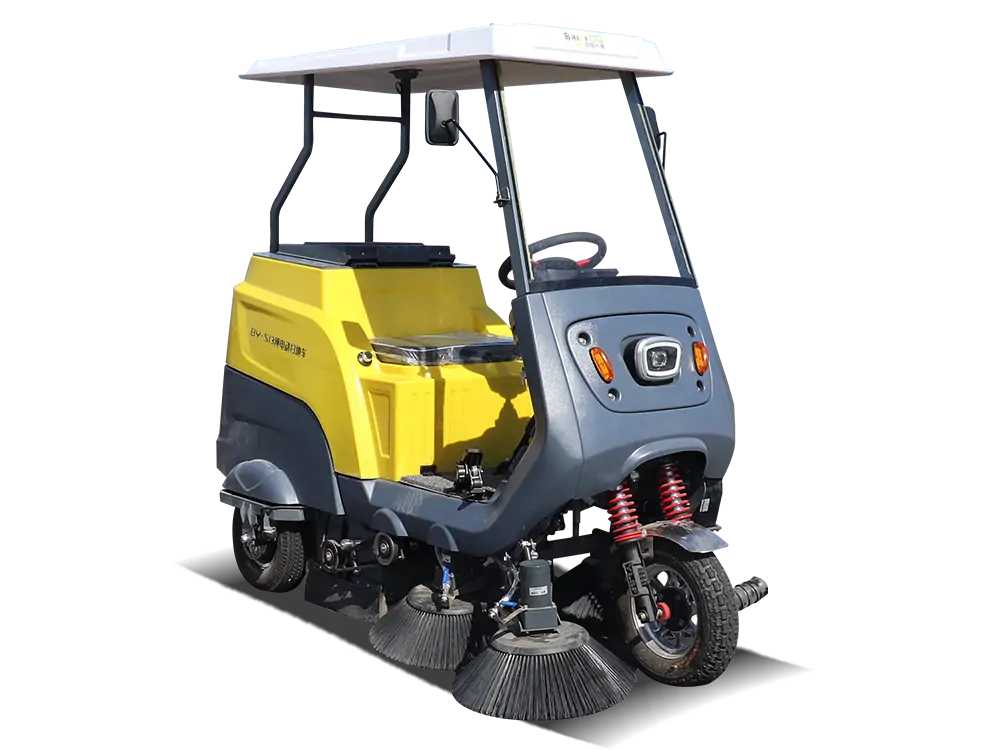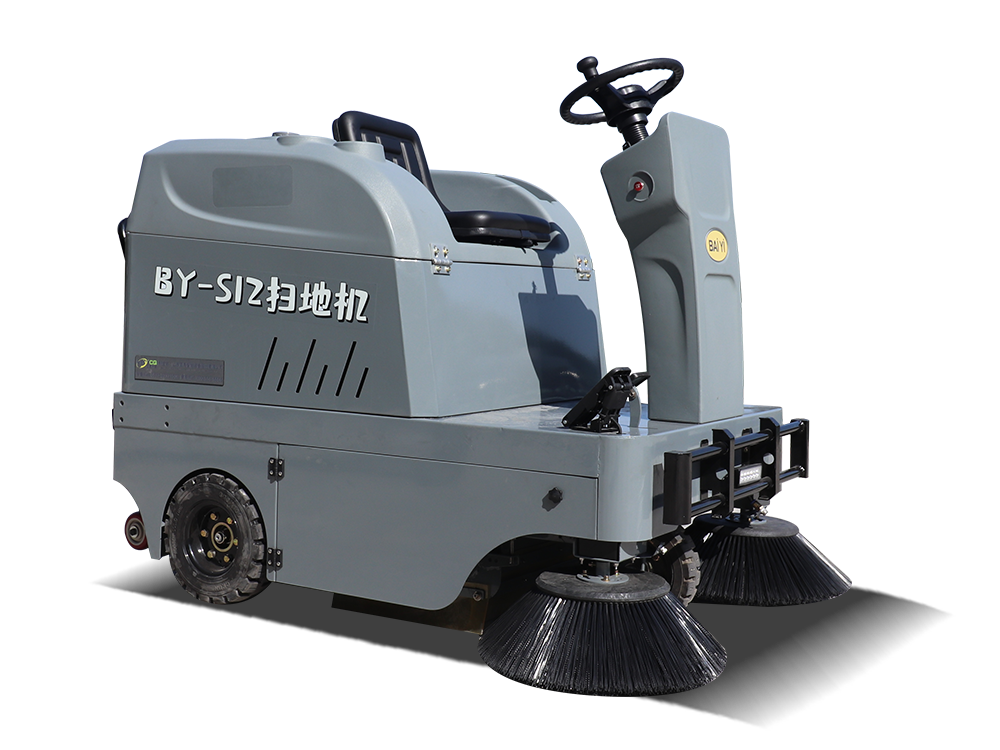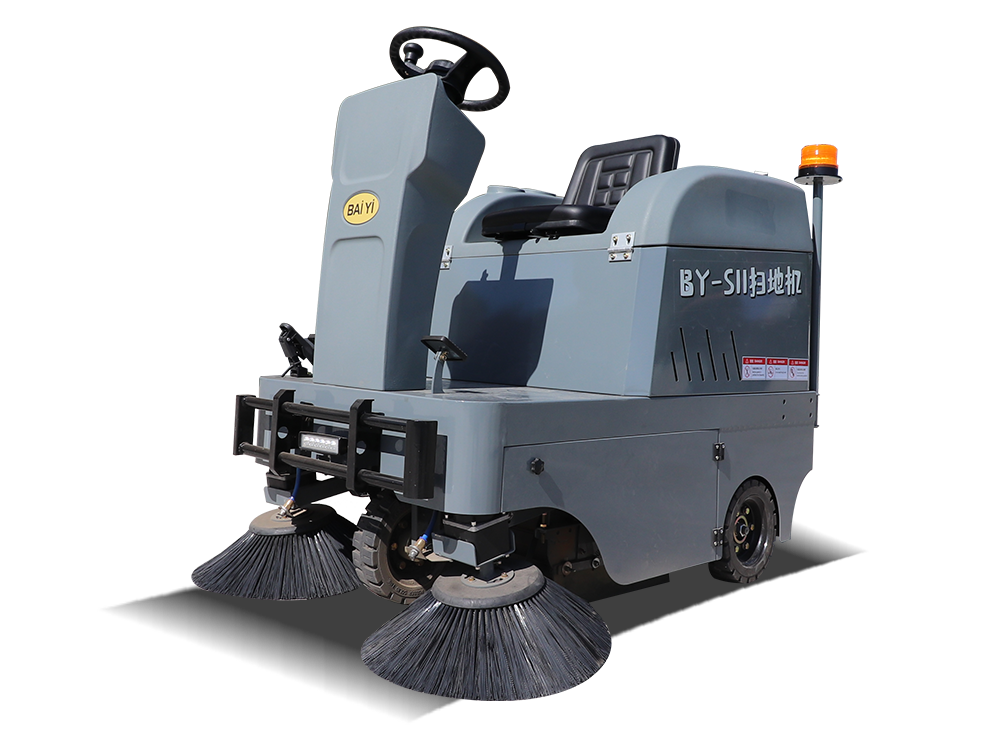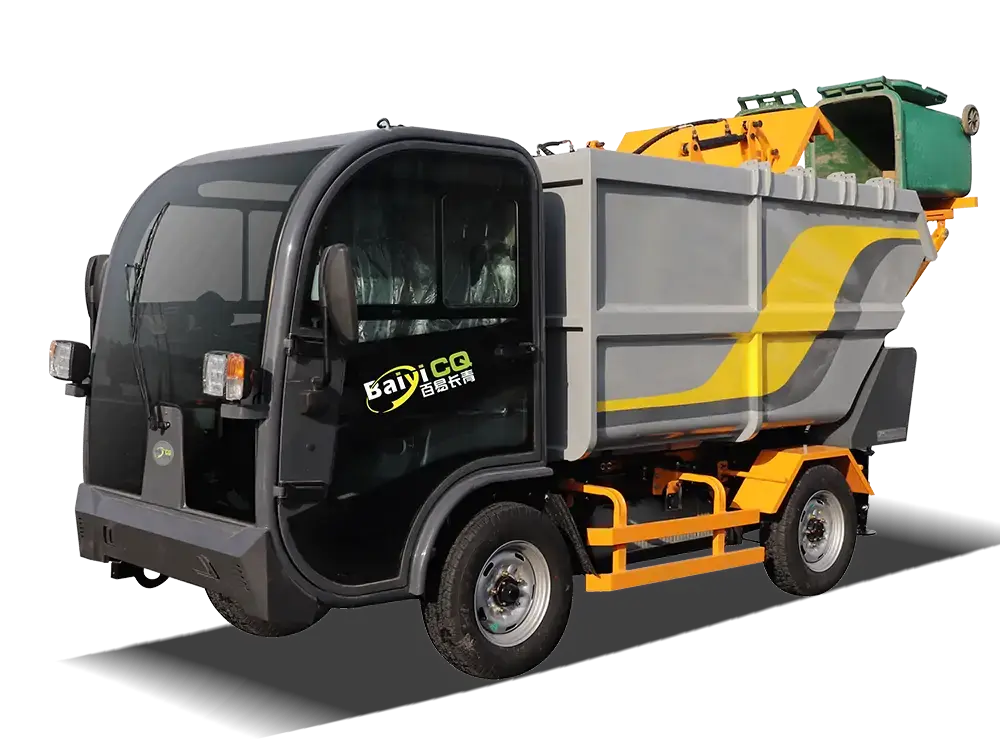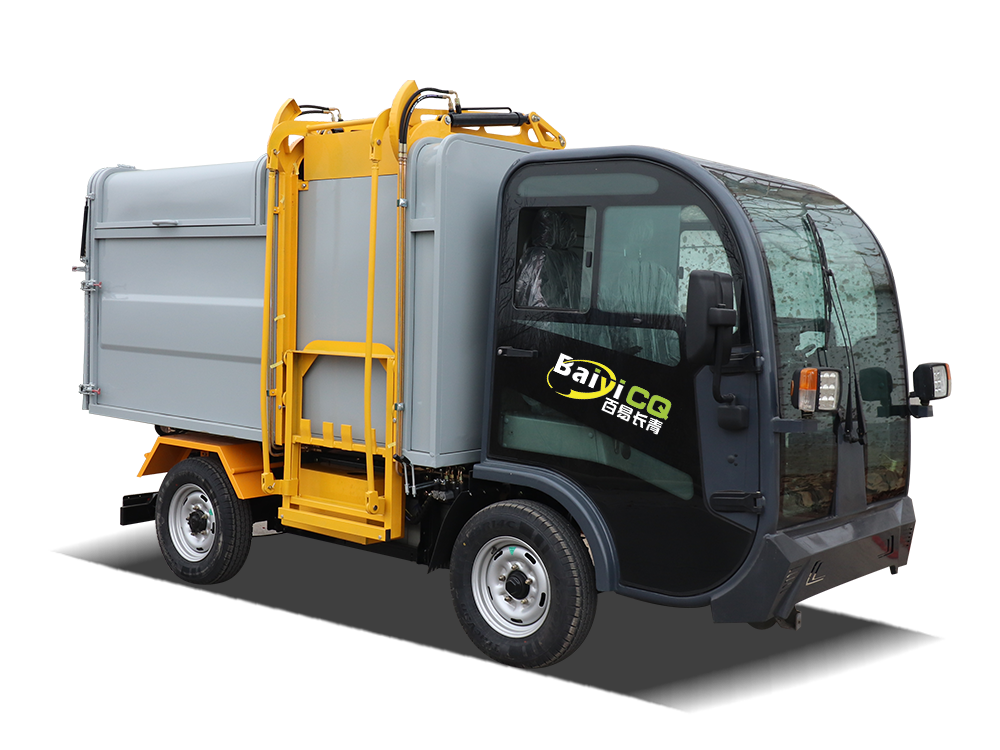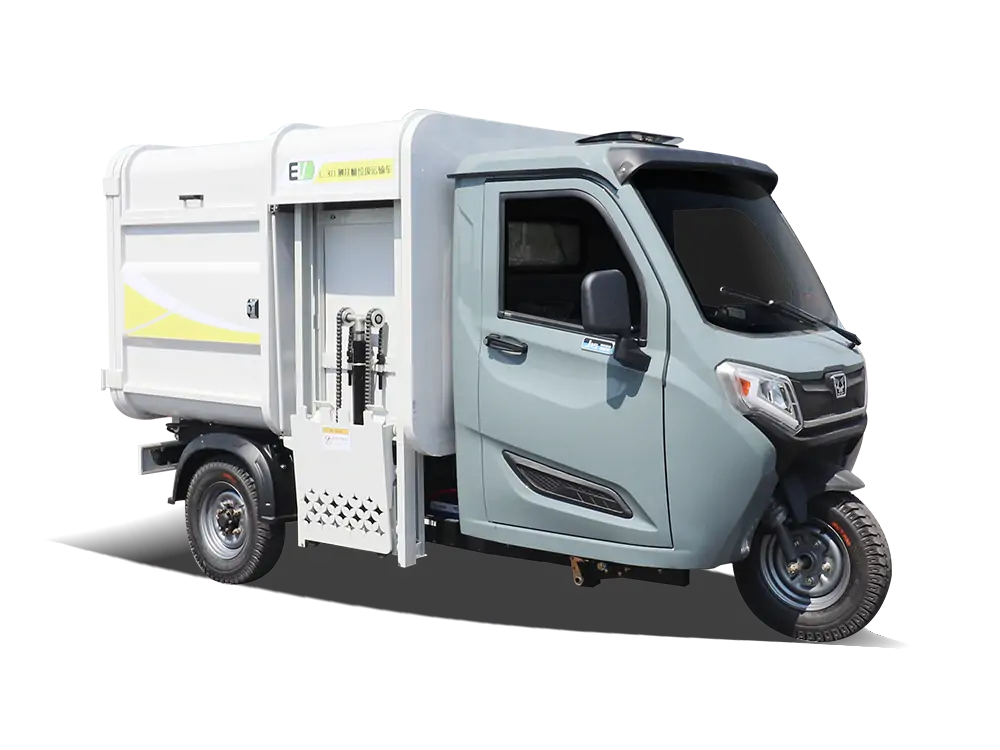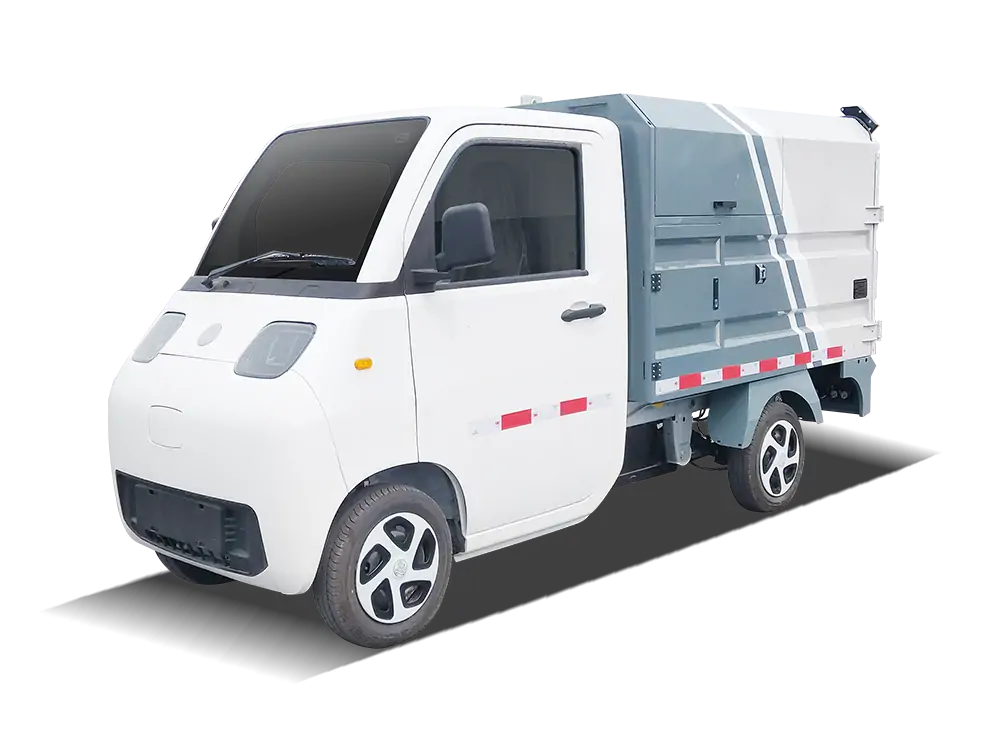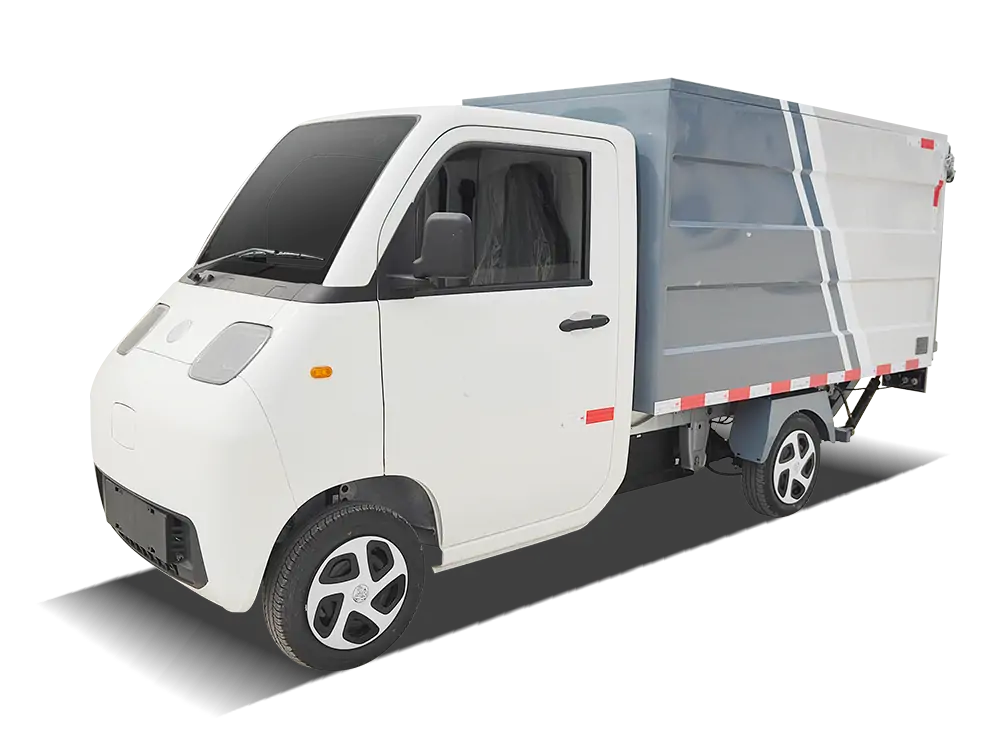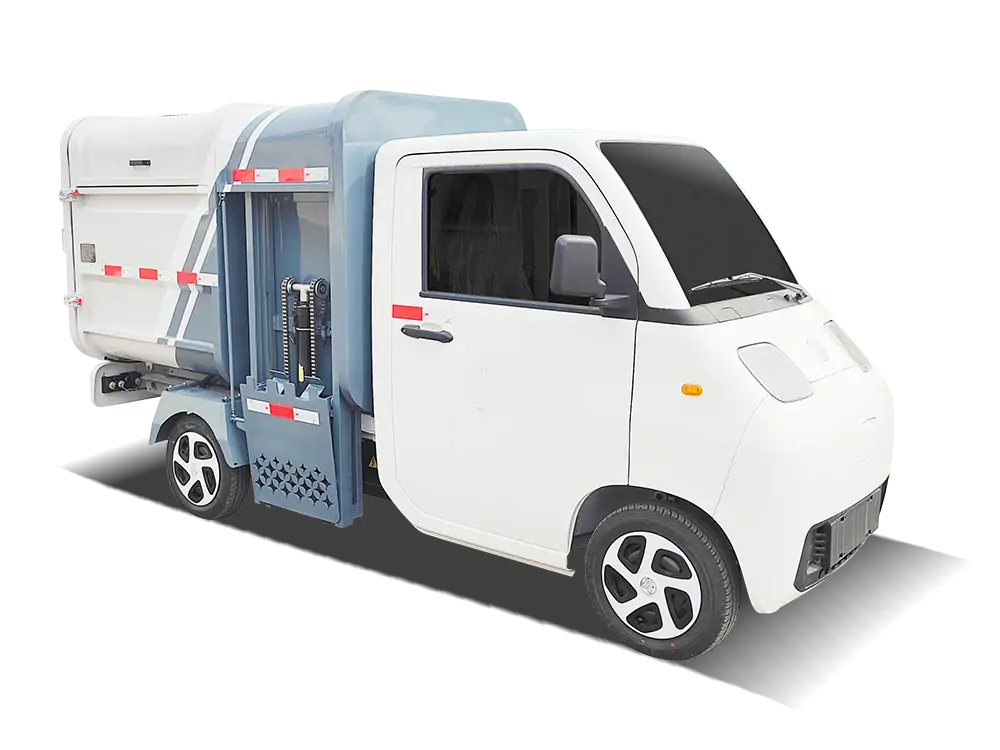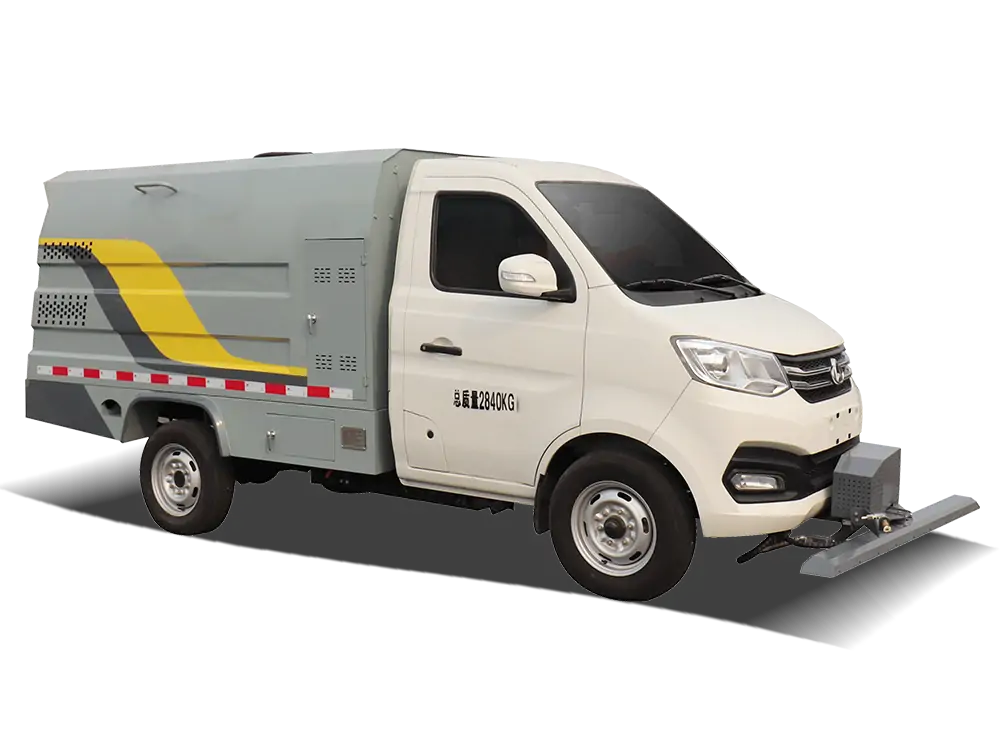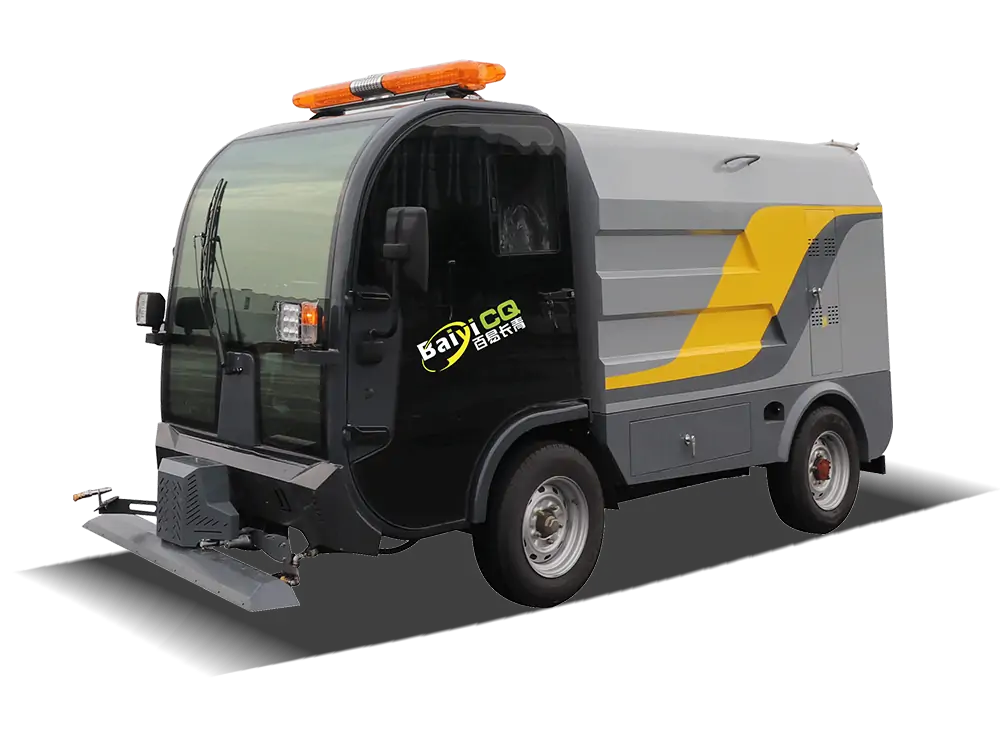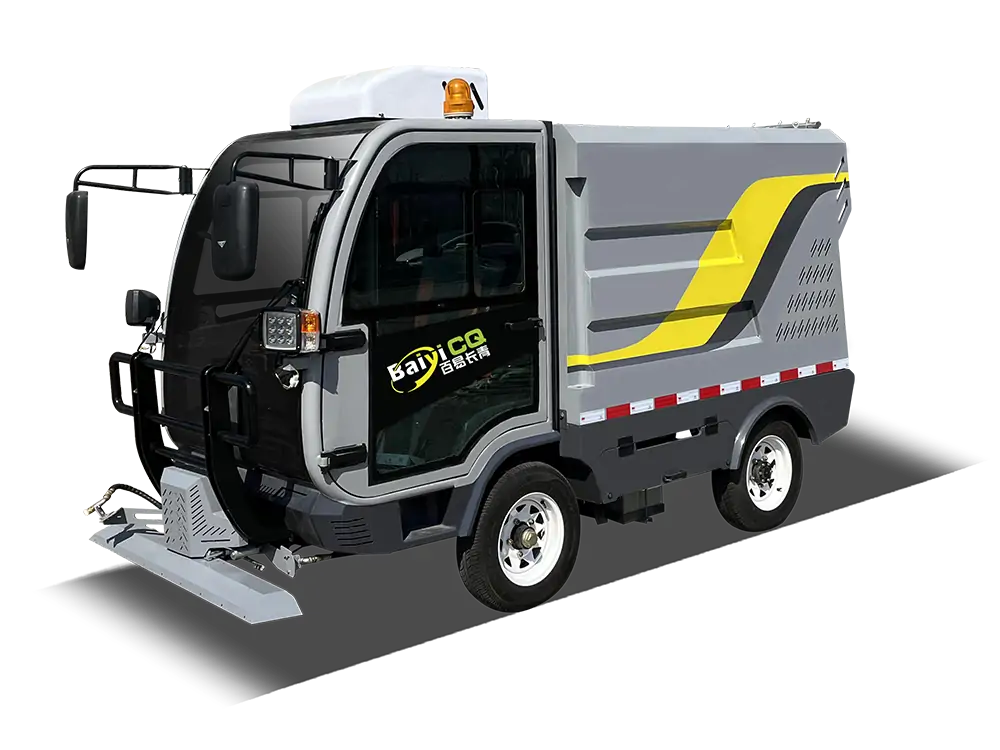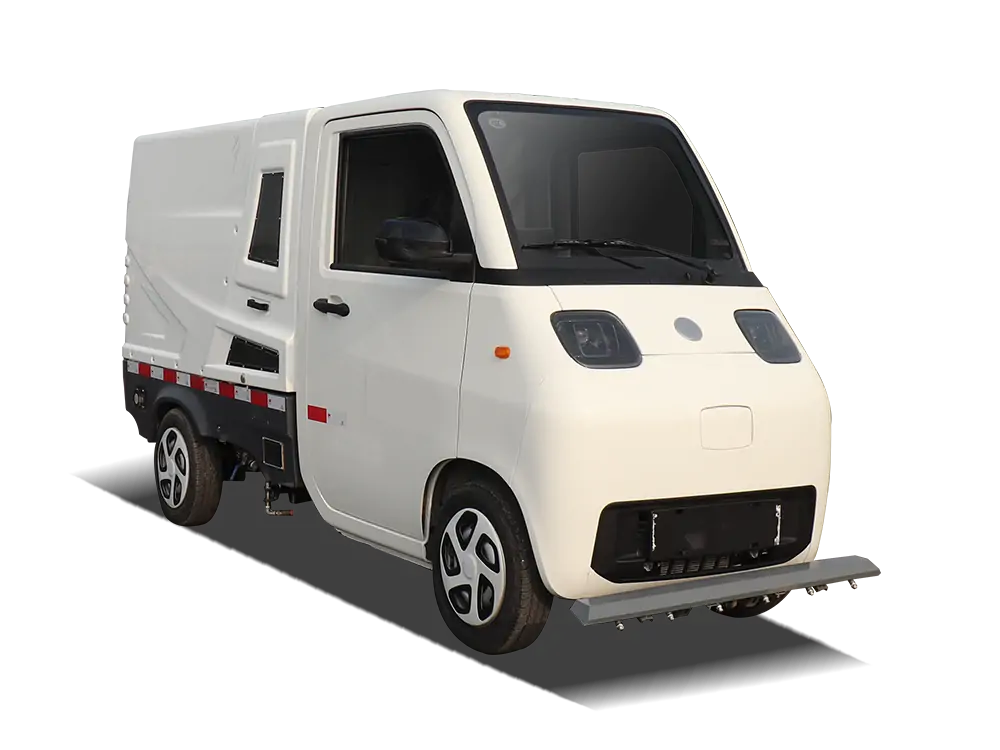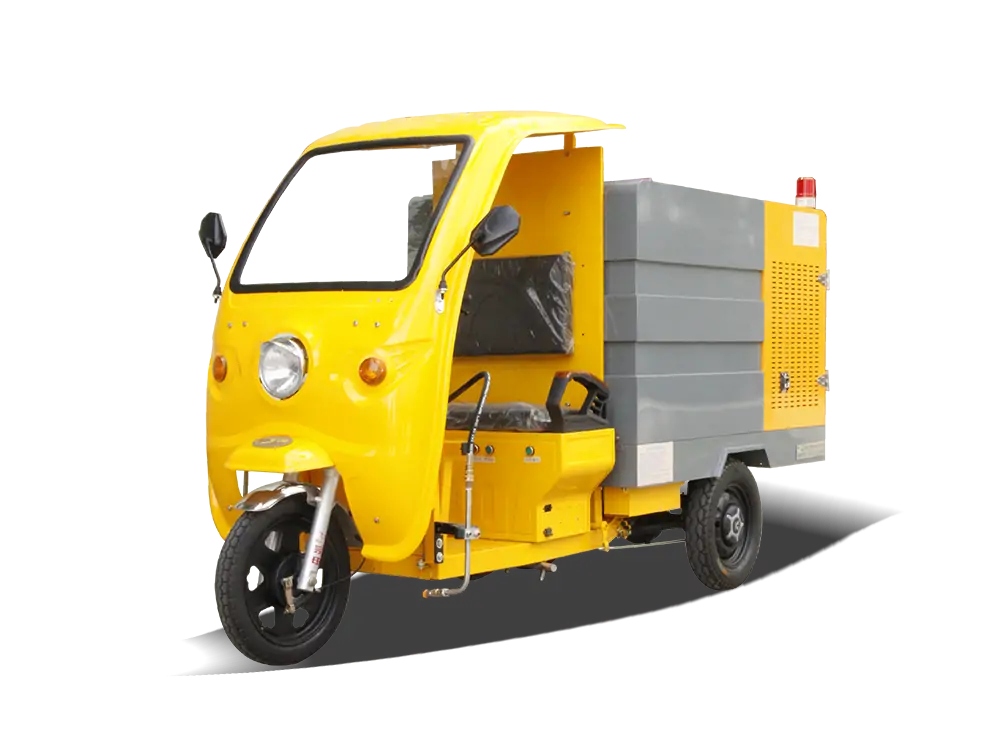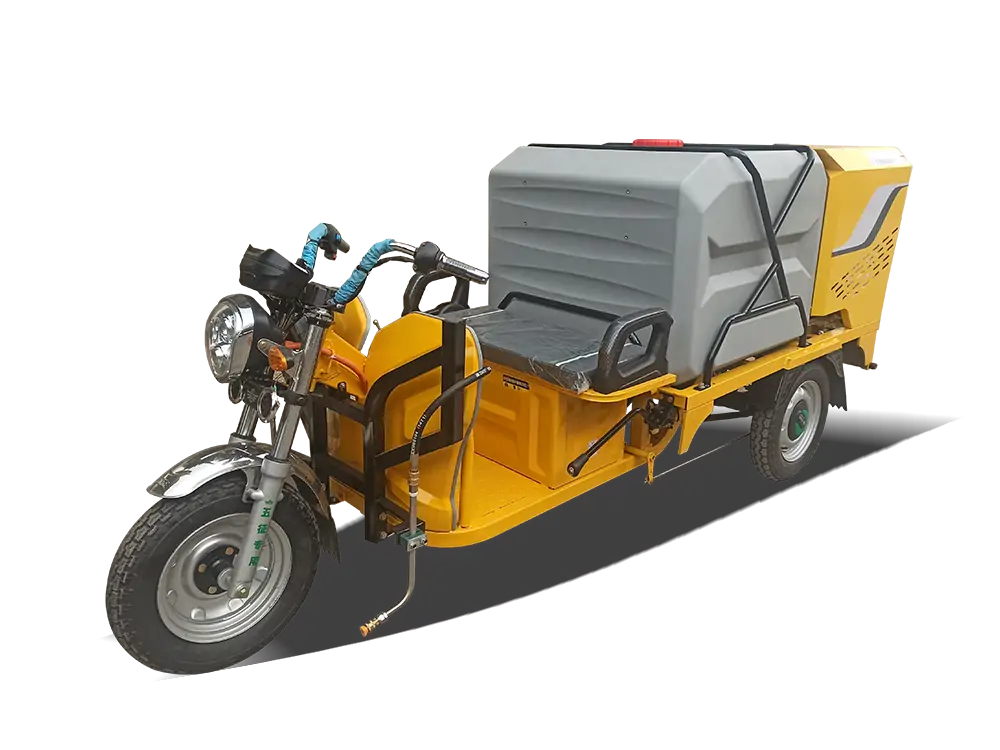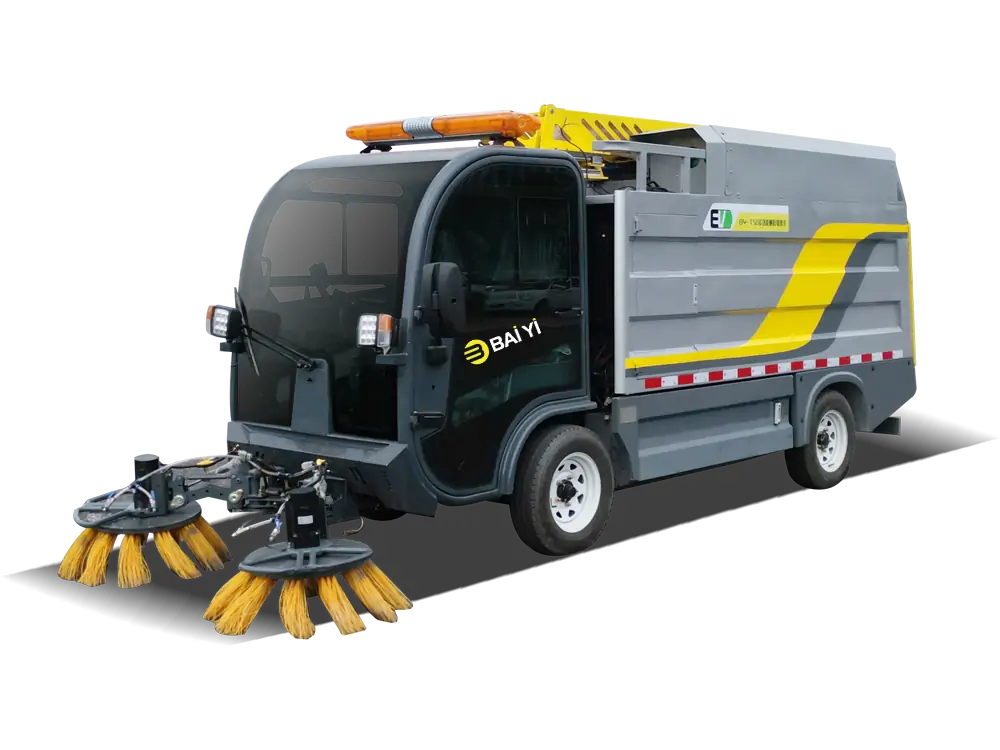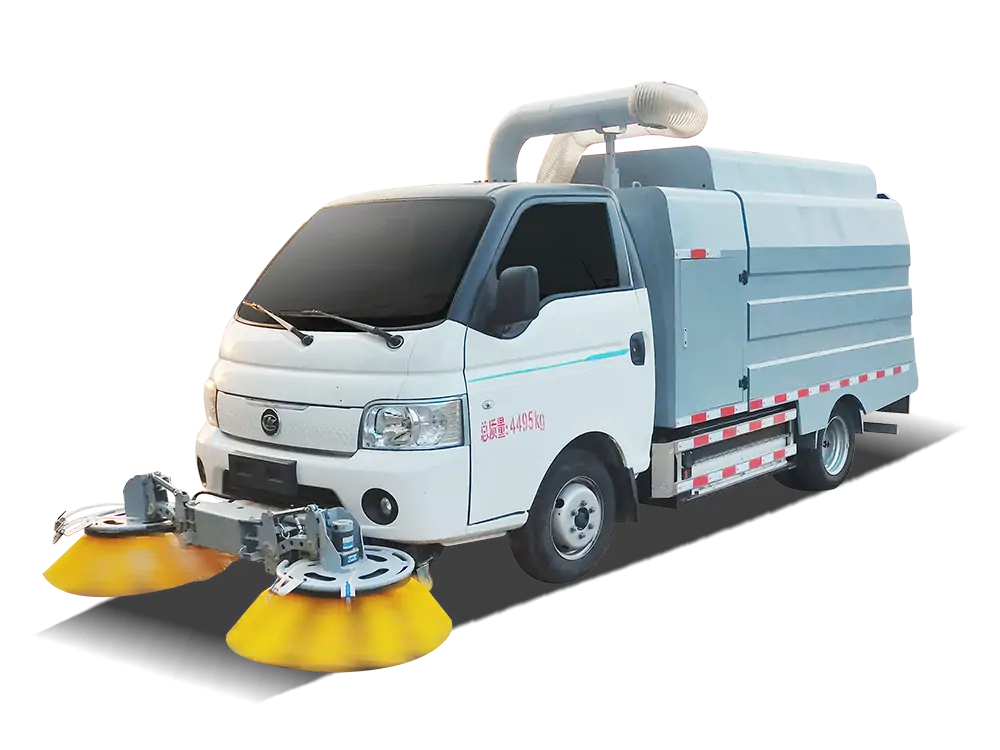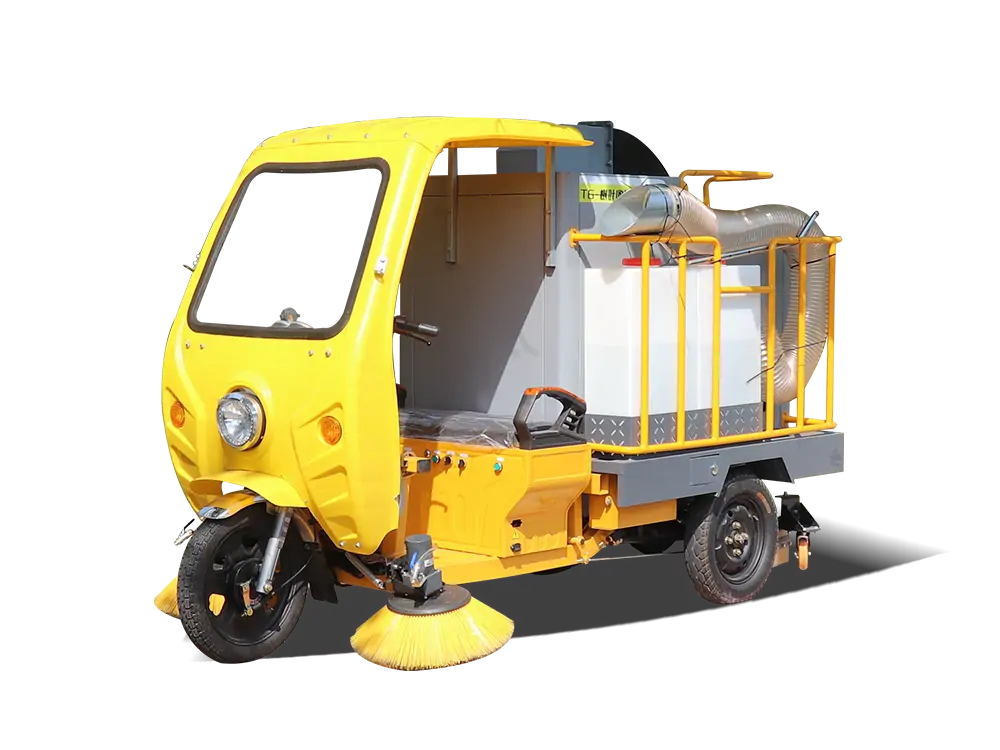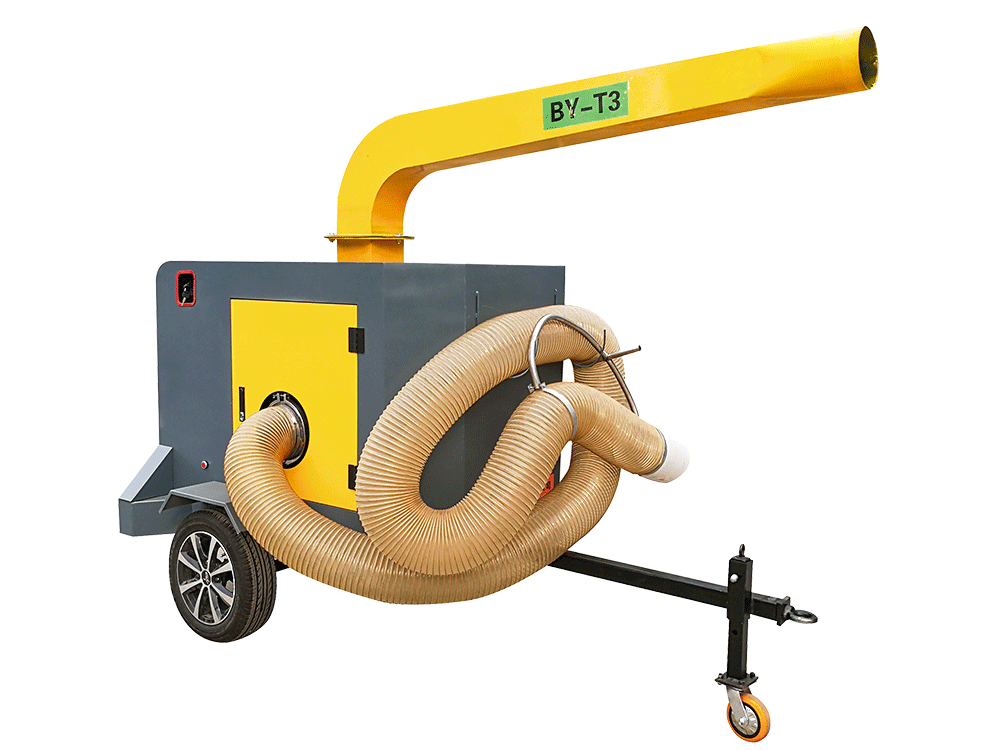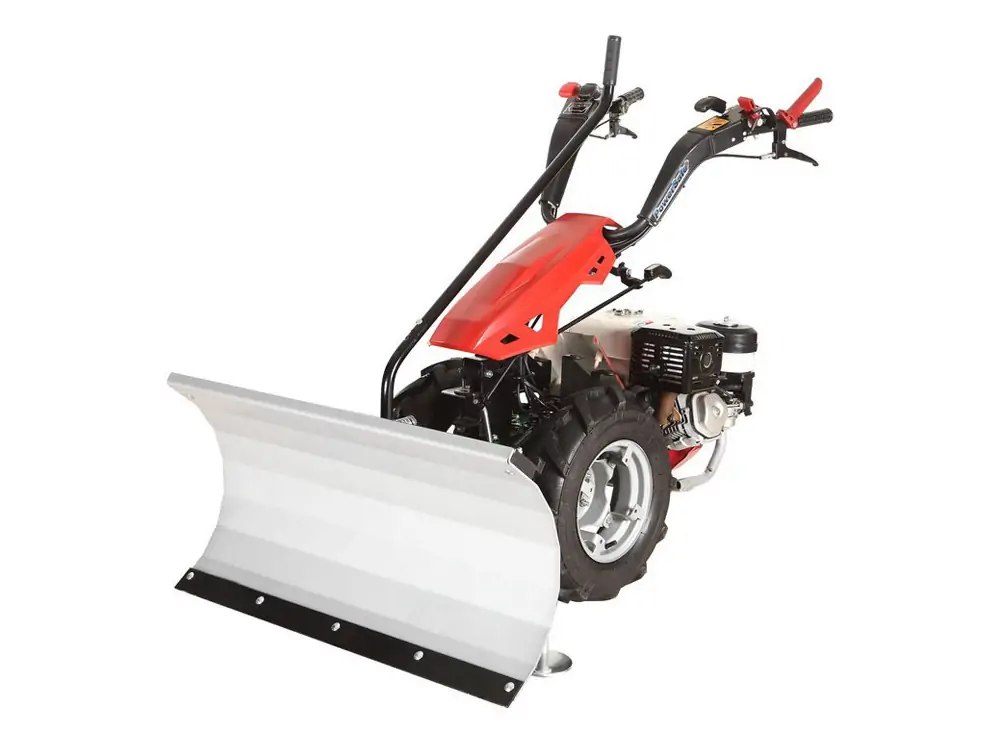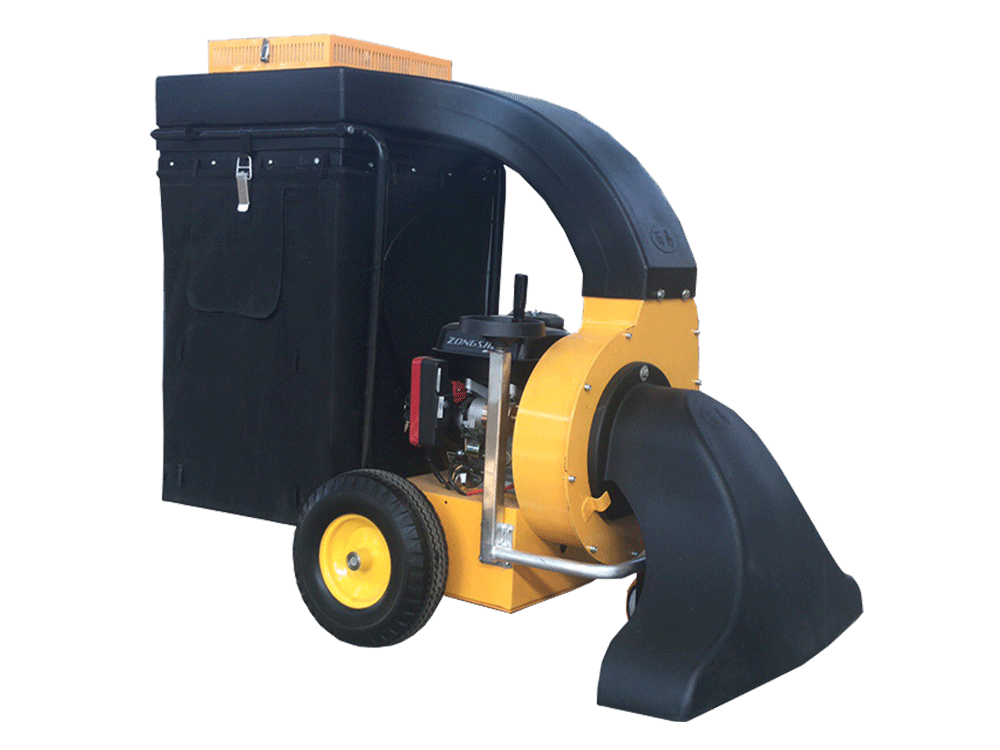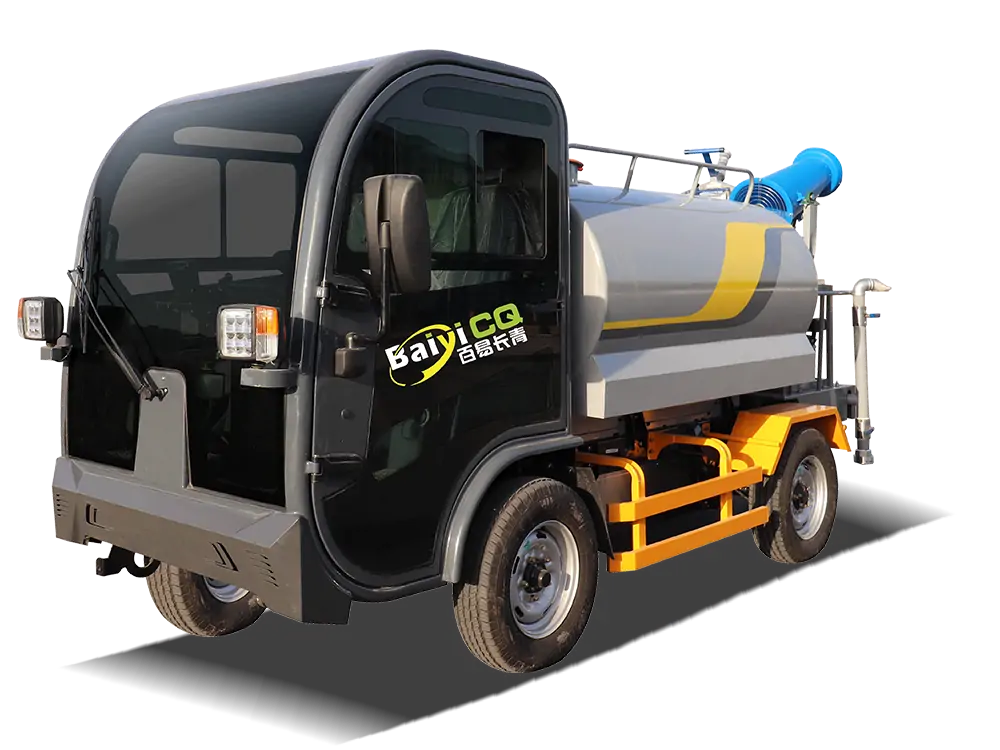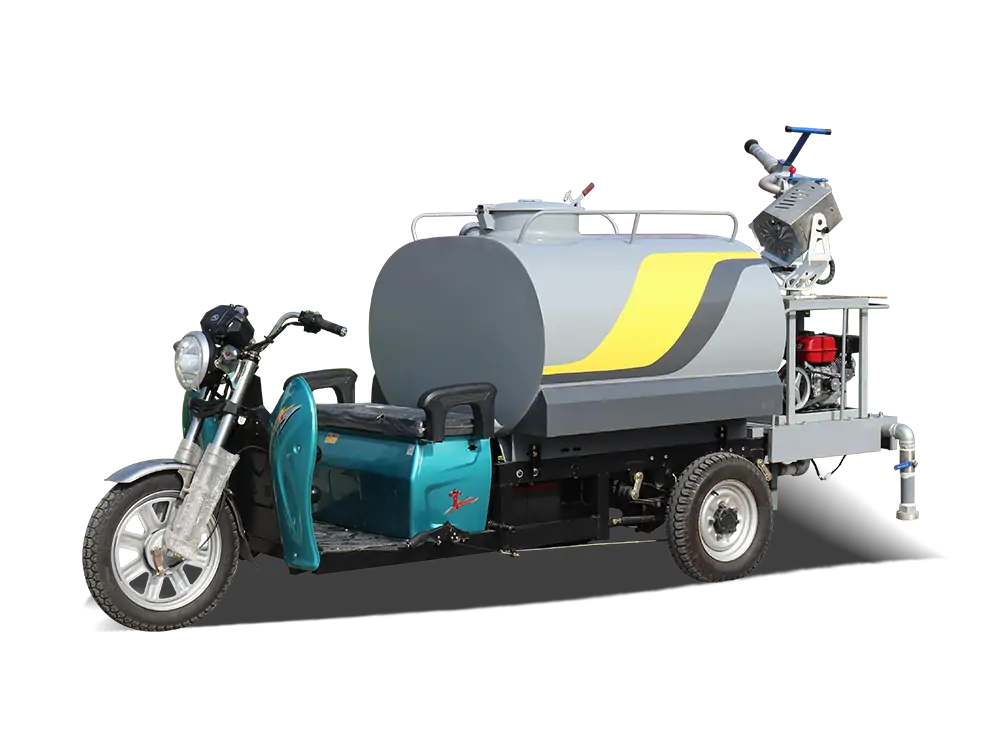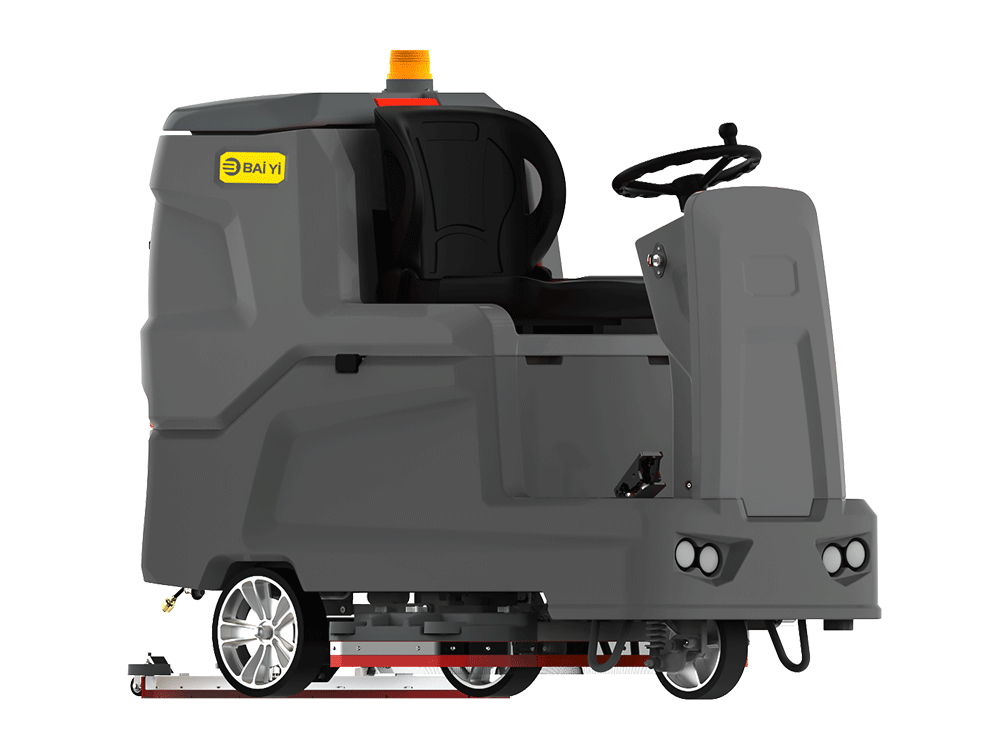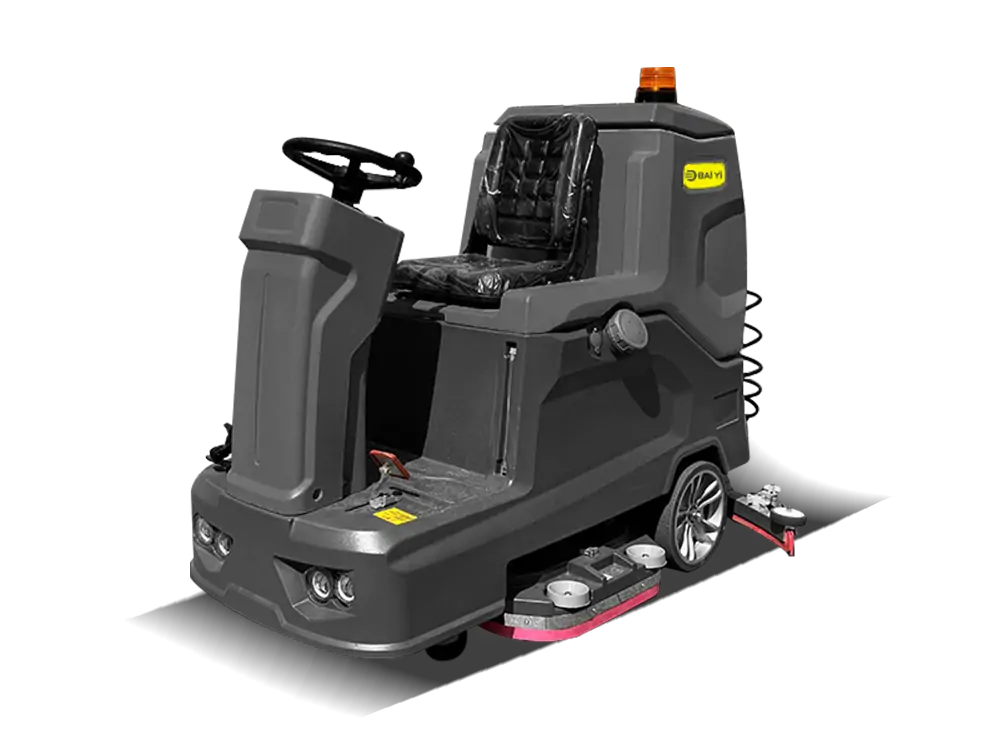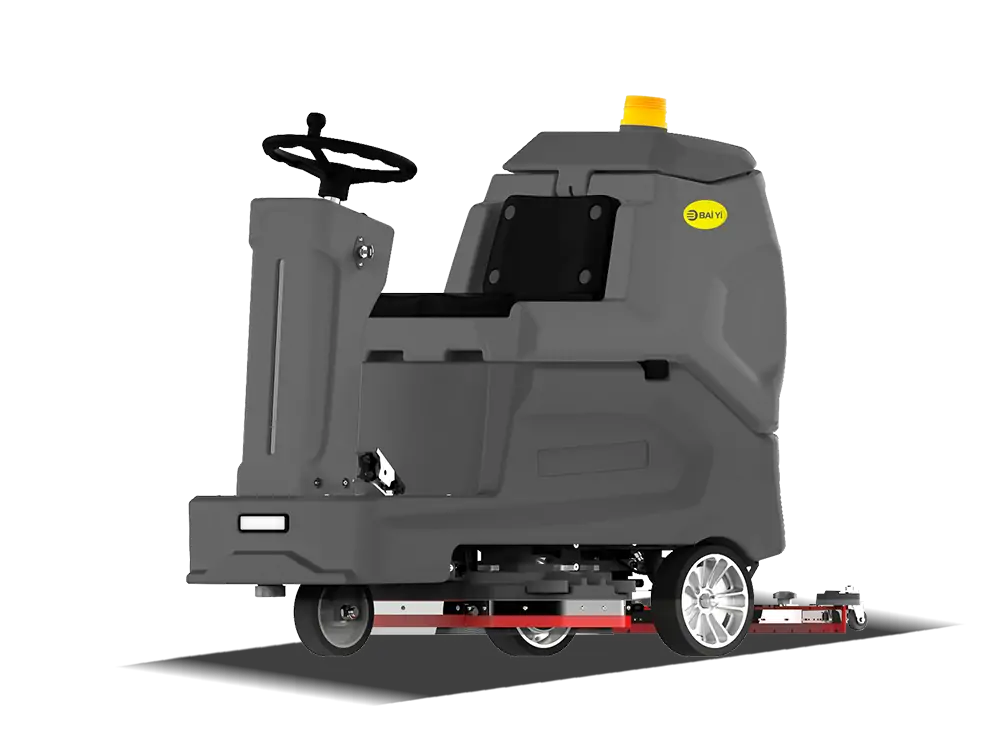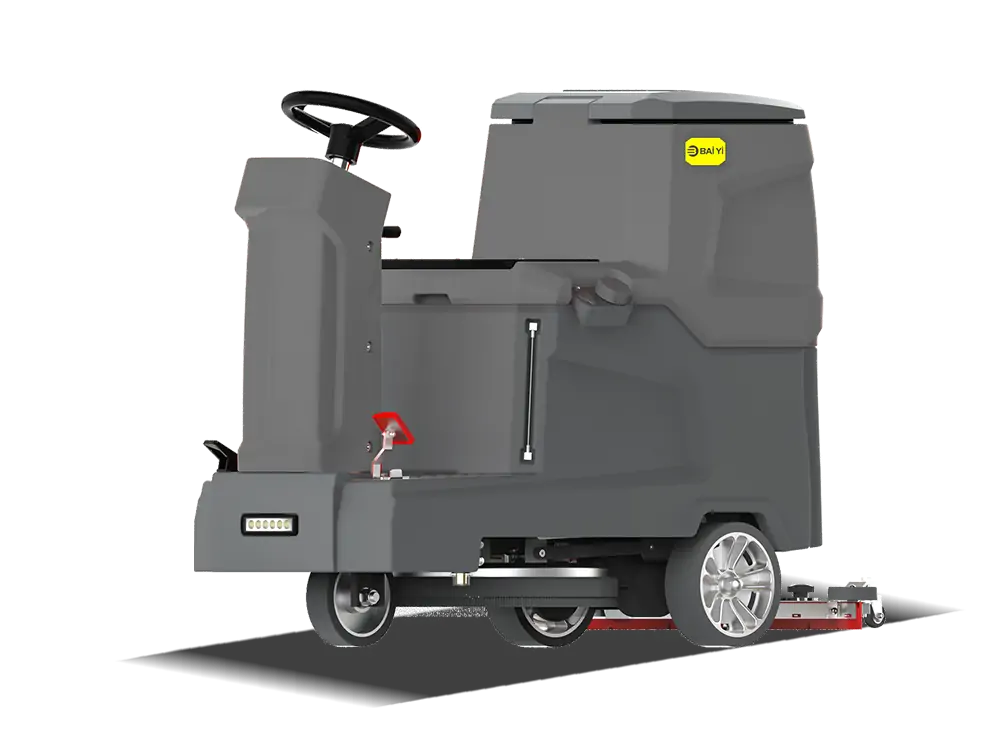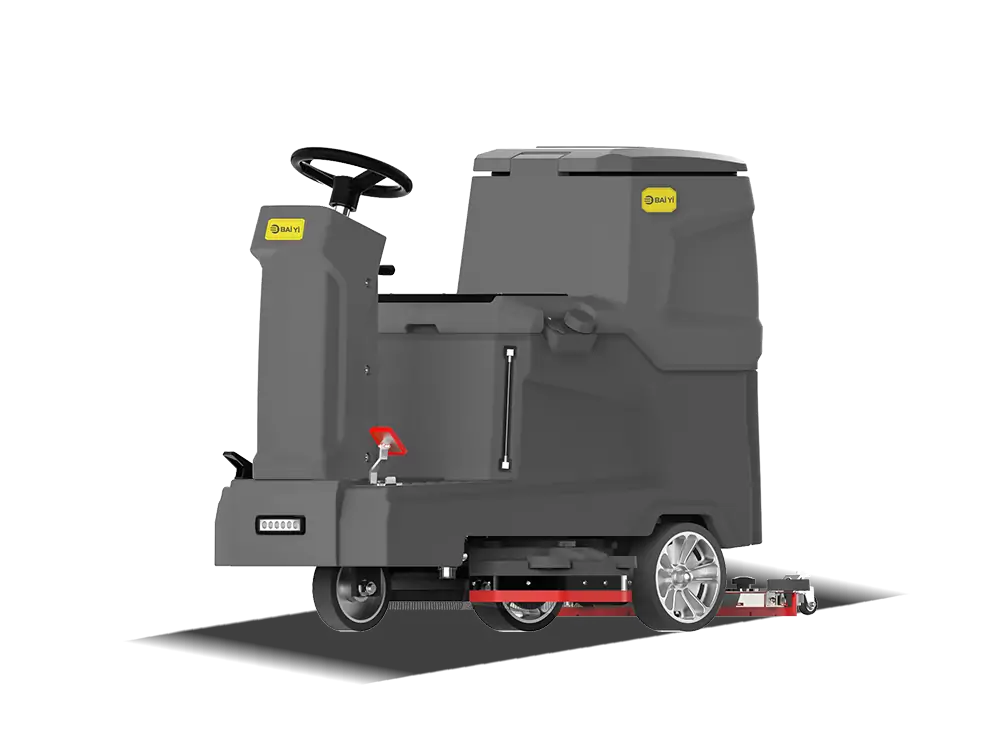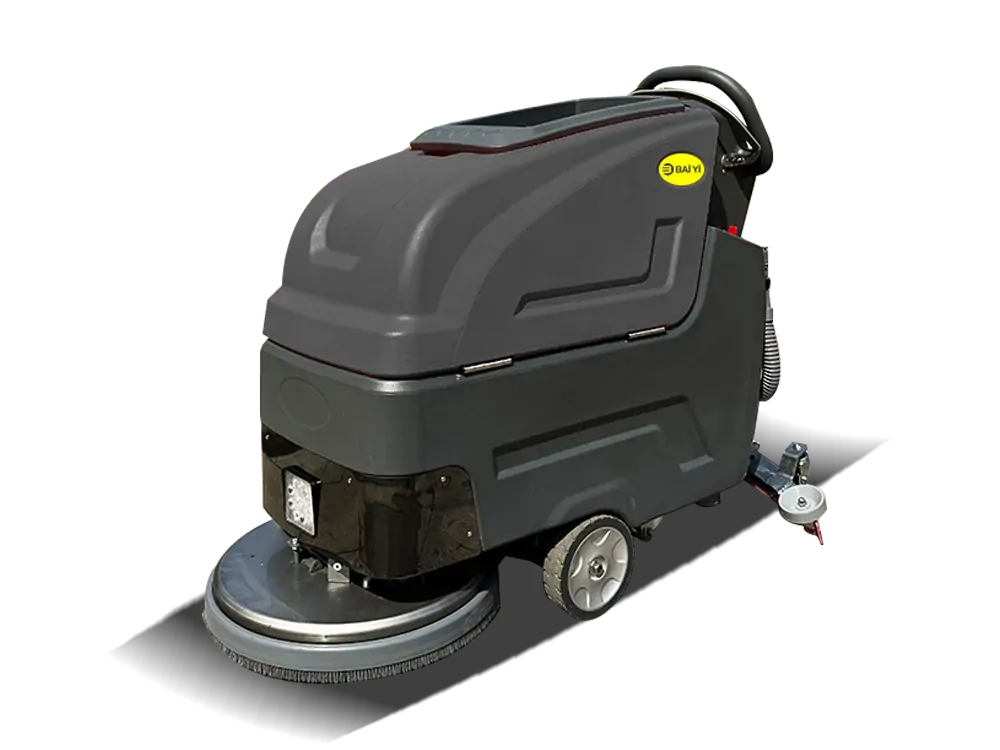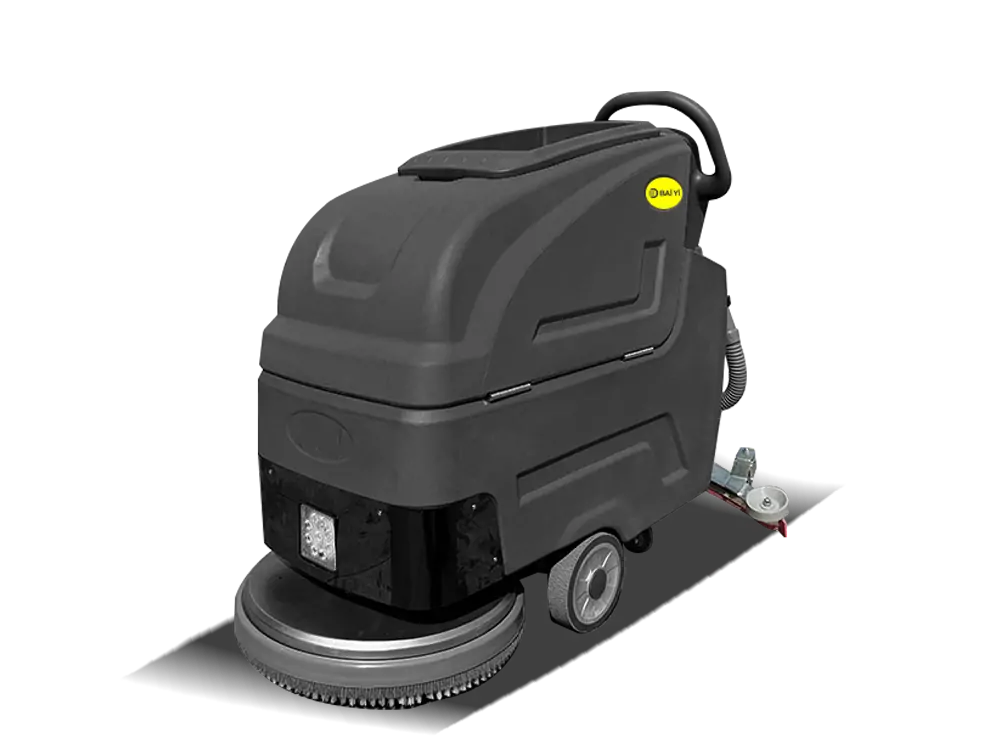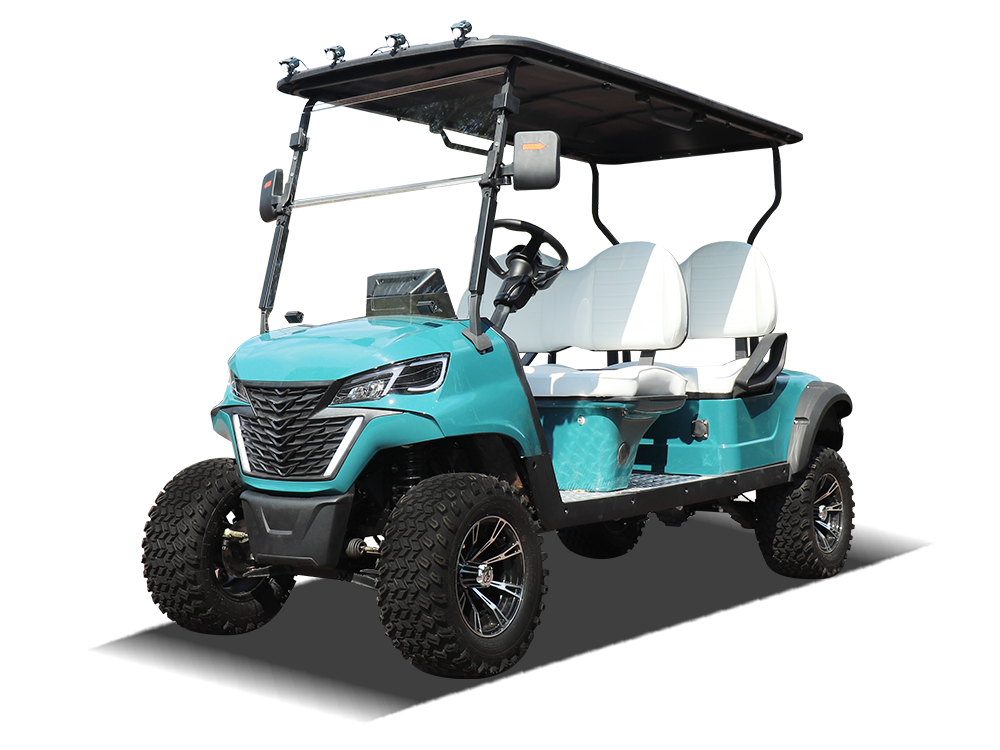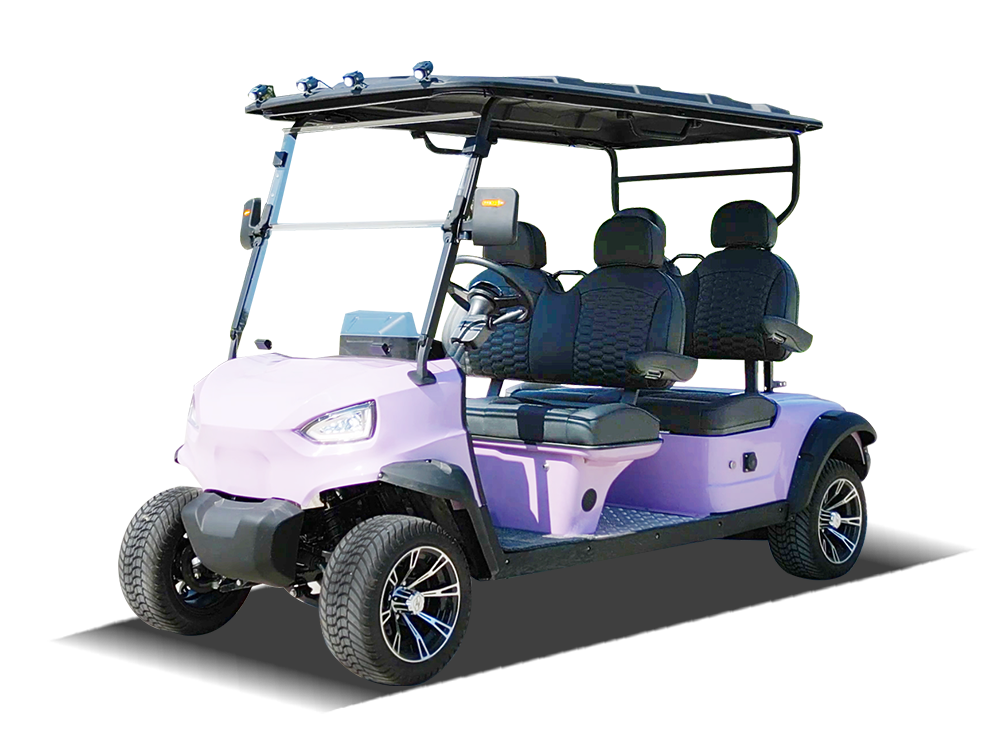News, Product News
Urban Cleaning Solutions: Embracing Electric Road Clean Vehicles
In recent years, with the continuous advancement of urbanization, the cleanliness and aesthetics of urban environments have become a focal point of social concern. To better address the cleaning issues in narrow spaces such as sidewalks, auxiliary lanes, and non-motorized vehicle lanes, a small road cleaning vehicle has emerged, garnering widespread attention and acclaim for its eco-friendly and efficient features. One of the core features of this cleaning vehicle is its use of lithium iron phosphate batteries as a power source, enabling clean operations economically and without pollution. Compared to traditional fuel vehicles, the electric cleaning vehicle doesn’t emit harmful gases during operation, fundamentally reducing air pollution and providing city residents with a fresher air environment. Additionally, lithium iron phosphate batteries boast high energy density and long lifespans, providing reliable power support for the continuous operation of the cleaning vehicle.
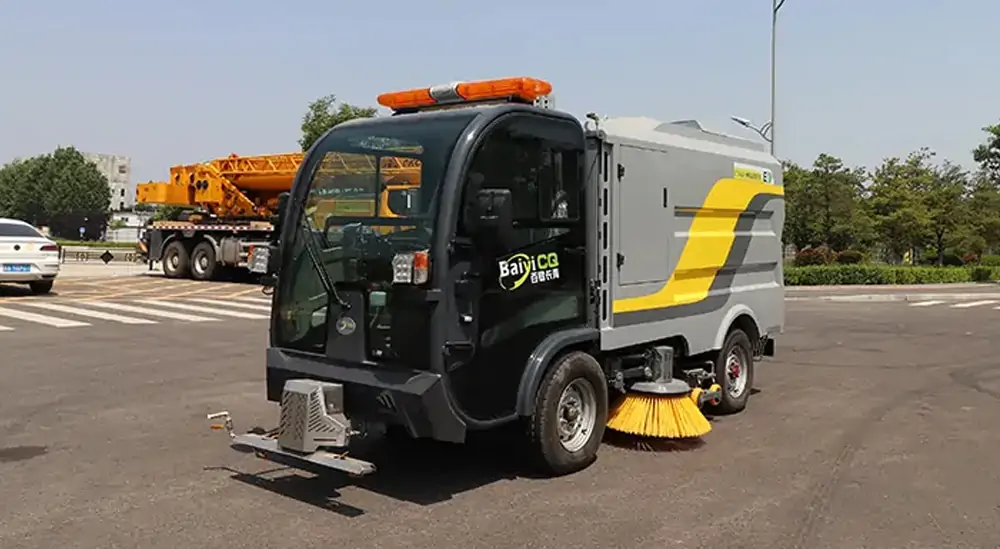
During operation, this small cleaning vehicle not only demonstrates high-efficiency cleaning capabilities but also wins favor among citizens due to its low-noise operation. In enclosed environments like schools, hospitals, and scenic areas, traditional cleaning vehicles might cause disturbance due to excessive noise, whereas the pure electric cleaning vehicle achieves silent operation through advanced technology, offering a quieter cleaning experience for the environment. The vehicle’s design also prioritizes the operators’ comfort, featuring a dual-person cabin equipped with a heating and cooling air conditioning system. This not only provides a conducive working environment for cleaning personnel but also enhances work efficiency. During hot temperatures or cold seasons, the presence of the heating and cooling air conditioning system creates a comfortable working space for cleaning personnel, enabling them to better accomplish their cleaning tasks.
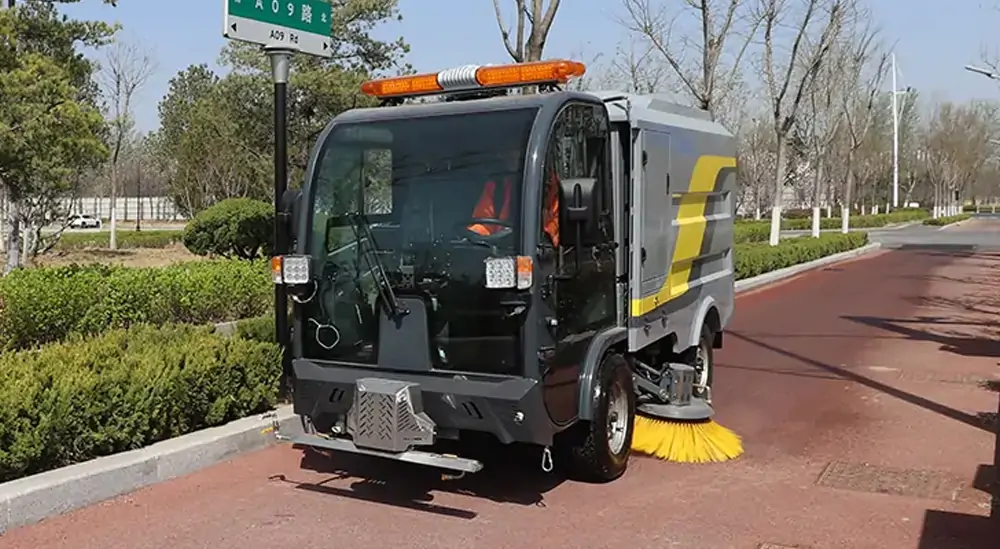
Regarding water supply, the cleaning vehicle uses a fire hydrant for water replenishment, ensuring continuous cleaning operations. For waste disposal, it employs a hydraulic self-dumping design, making the cleaning process more convenient, saving time and effort, and significantly enhancing cleaning efficiency. Notably, this electric cleaning vehicle also has the capability to collaborate with high-pressure cleaning vehicles, further improving operational efficiency. Through combined operations, it achieves more comprehensive and thorough cleaning, contributing to the overall enhancement of the urban environment.
In summary, the small pure electric cleaning vehicle has become a new favorite for urban cleanliness due to its eco-friendliness, efficiency, and low noise. In the future, such technological innovations are believed to play an increasingly important role in urban management, contributing to the creation of more livable city environments.
